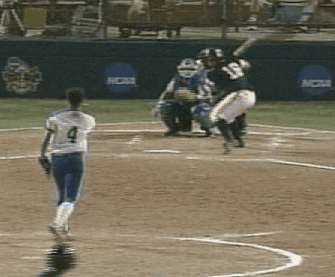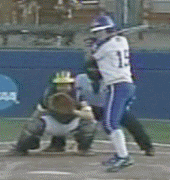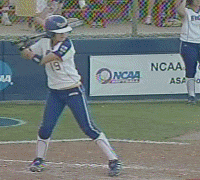R
RayR
Guest





I realize I am using a baseball player as a model, but I don't think it matters. Mauer in the above clips is hitting an inside pitch.
If you watch his hands/knob they are moving in a diagonal direction on a straight line (or slightly above) to the eventual contact point for the barrel and the ball. They are not leaving the rear shoulder initially - it is not a front arm straightening move (meaning the hands fire away from the body).
The barrel will follow the hand/knob path. If the barrel stays above the hands it is so much easier to direct the barrel quickly.
I am putting these videos up because once a player realizes the importance of this hand path - they will see a huge improvement in terms of making solid contact.
Too many players drop the hands and/or the barrel and the rest of the swing is a manipulation trying to swing at the ball. Once they drop their hands - the hand path is across the batters box and the barrel will sweep around.
One prop I use is a long pvc pole. You can grip the pole in the midde so there is about 3 feet below the hands. Set a ball on a tee and practice slowly turning so that the pole knocks the ball off the tee and then continue around so that the upper part of the pole (above the hands) clips the top of the tee as well. You can use a broom as well for this.
If you use Howard's Big Zone practice drill - you will see that the top end of the pole will enter the hitting zone early and stay their because the hand path was established correctly.





